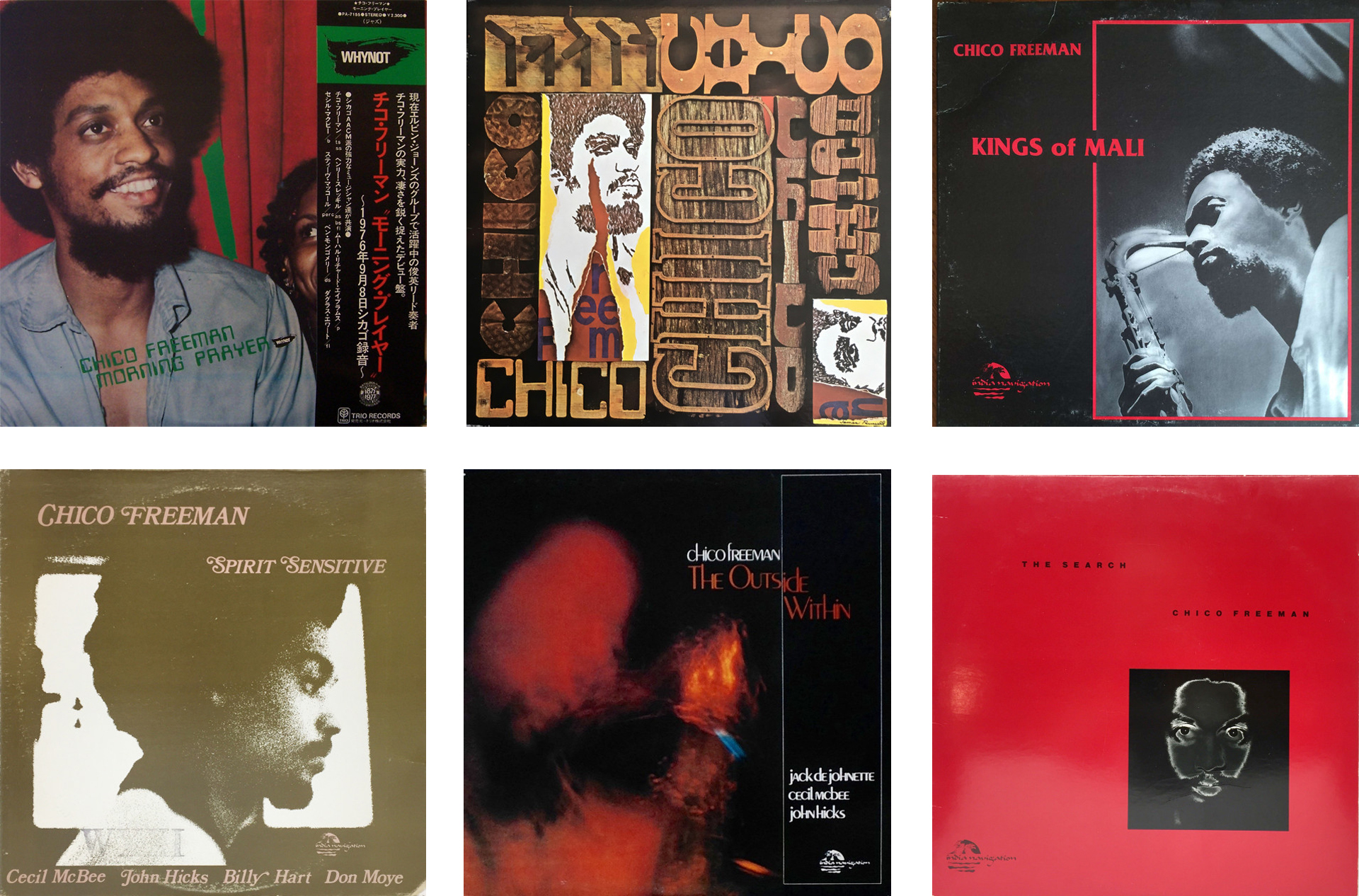Personally, I think that a lot of Western art music is boring beyond comprehension. Throughout different periods and styles, there are just a few standout composers, with the rest producing music that's repetitive and uninspired. While I can stomach some Mahler, Bach, Chopin, Shostakovich, or Lutoslawski, a big chunk of - say - 20th-century music is just noise. Recently, there's been a shift towards some sort of new age styled compositions, which I find even worse than the noise of the 20th century. The Hyperion gets credit for trying to record less popular stuff, but it ends up highlighting how mediocre a lot of non-mainstream music really is. And then there's this endless stream of 'me too' soloists, ensembles and orchestras playing the same old compositions over and over again. It's a dead end.



